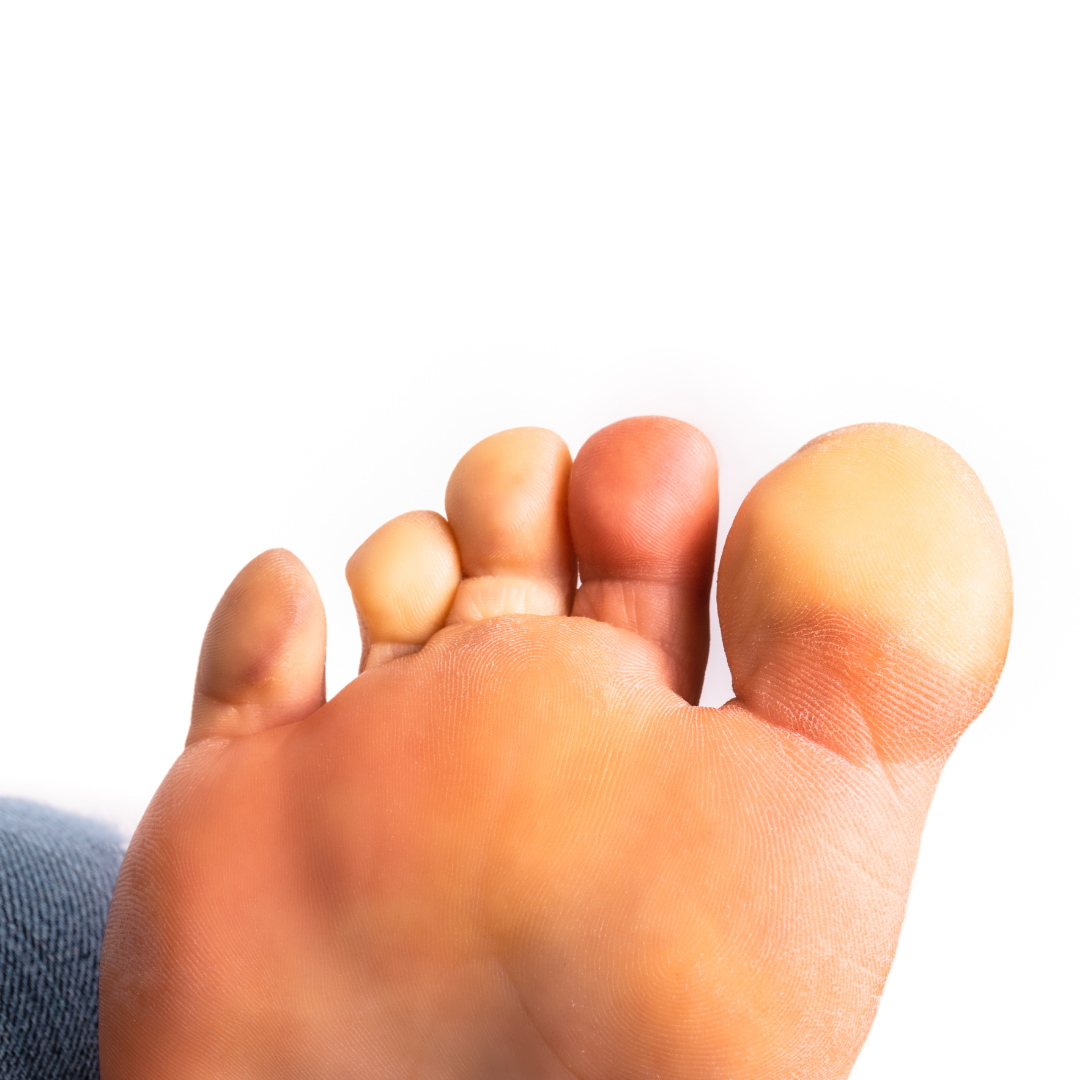
Every October, we observe Raynaud’s Awareness Month. Raynaud’s disease causes a patient’s toes and fingers to feel numb or icy when exposed to cold temperatures or overly stressed. The symptoms typically occur when the arteries that supply blood to your skin narrow and reduce blood flow to the affected areas. In today’s post, Dr. Eric Ricefield, Dr. Mark Yagodich, Dr. Aliza V. Eisen, and Cassandra Stache, DPM of greater Philadelphia’s Your Next Step Foot and Ankle Care Center, share what you need to know about this condition.
Symptoms of Raynaud’s Disease
With Raynaud’s disease, patients may develop:
- Changes in the color of the skin when stressed or cold.
- Cold toes or fingers.
- Numbness or stinging pain in your toes and fingers when warming up.
Raynaud’s attacks typically advance in stages. The toes will initially turn white before turning blue when the patient experiences numbness or a cold feeling. Lastly, the toes may turn red as the patient begins to warm up or relax and circulation improves. At this time, throbbing, swelling, or tingling may occur may set in.
Treatment for Raynaud’s
While Raynaud’s is usually just uncomfortable, if the blood flow is compromised for too long, the patient may develop open wounds or tissue damage. Rarely, untreated Raynaud’s can lead to toe or foot amputations. You should always discuss Raynaud’s with your podiatrist and get your feet checked following an attack.
Raynaud’s attack prevention tips include the following:
- Layering up when going outdoors in cold weather. Wear scarves, boots, two pairs of gloves, warm socks, and a hat. Wear coats with secure wrists to prevent gaps that permit cold air to touch your skin.
- Chemical warmers can help keep your toes and fingers warm, but avoid direct contact with the skin.
- Preheat your car on cold days.
- Always keep your socks on, even when you’re inside.
- During the summer, monitor your air conditioning carefully because cold temperatures can cause an attack.
If you’ve had a Raynaud’s attack recently, it’s important that you contact Greater Philadelphia’s Your Next Step Foot and Ankle Care Center.
Don’t hesitate – click here to locate contact information for the office nearest you to book your appointment. It’s especially important to contact us quickly if you have an underlying condition or a history of ulcers. Proper foot care is the safest way to avoid restricted blood flow and permanent foot damage.
